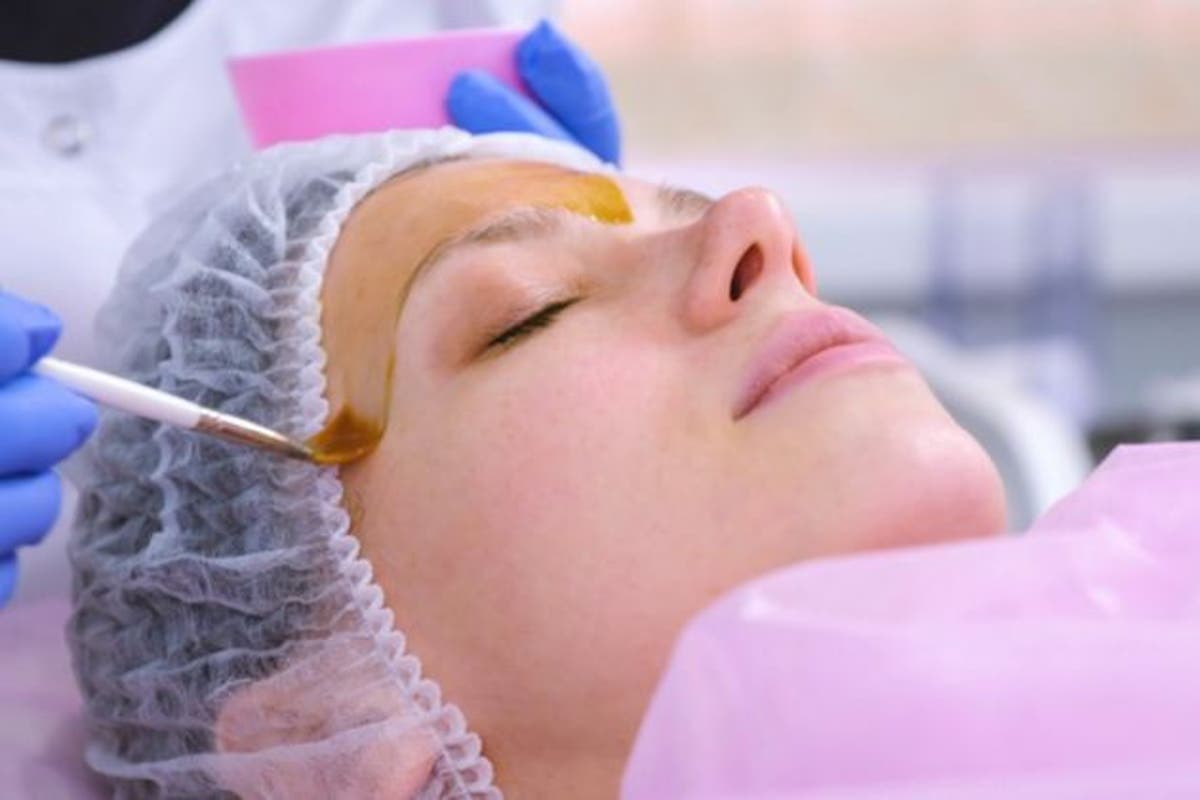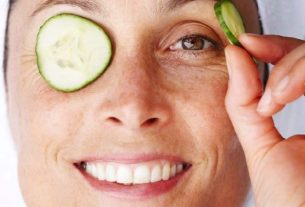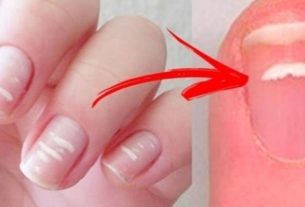Phenol peeling is an aesthetic procedure that aims at cell renewal and promises to rejuvenate and improve the appearance of the skin.
Nowadays, it is very common to seek aesthetic procedures with the aim of renewing the skin, reducing blemishes, wrinkles and expression marks. Phenol peeling is one of these procedures, and consists of applying an acid to the skin, to promote cell renewal and consequently an improvement in appearance.
The difference between phenol peeling and other chemical peels is its ability to reach the deepest layer of the skin. Thus, it promotes more effective results than other acids that only act on the most superficial layers.
However, despite offering very satisfactory, long-term results, phenol peeling is also a very aggressive procedure. Therefore, it is not recommended for everyone, only in cases where the patient’s skin is seriously damaged. And although it is not plastic surgery, care must be taken before, during and after the procedure.
Therefore, today we will learn everything about phenol peeling, what it is, how it is done, before and after care and contraindications.
Phenol peeling
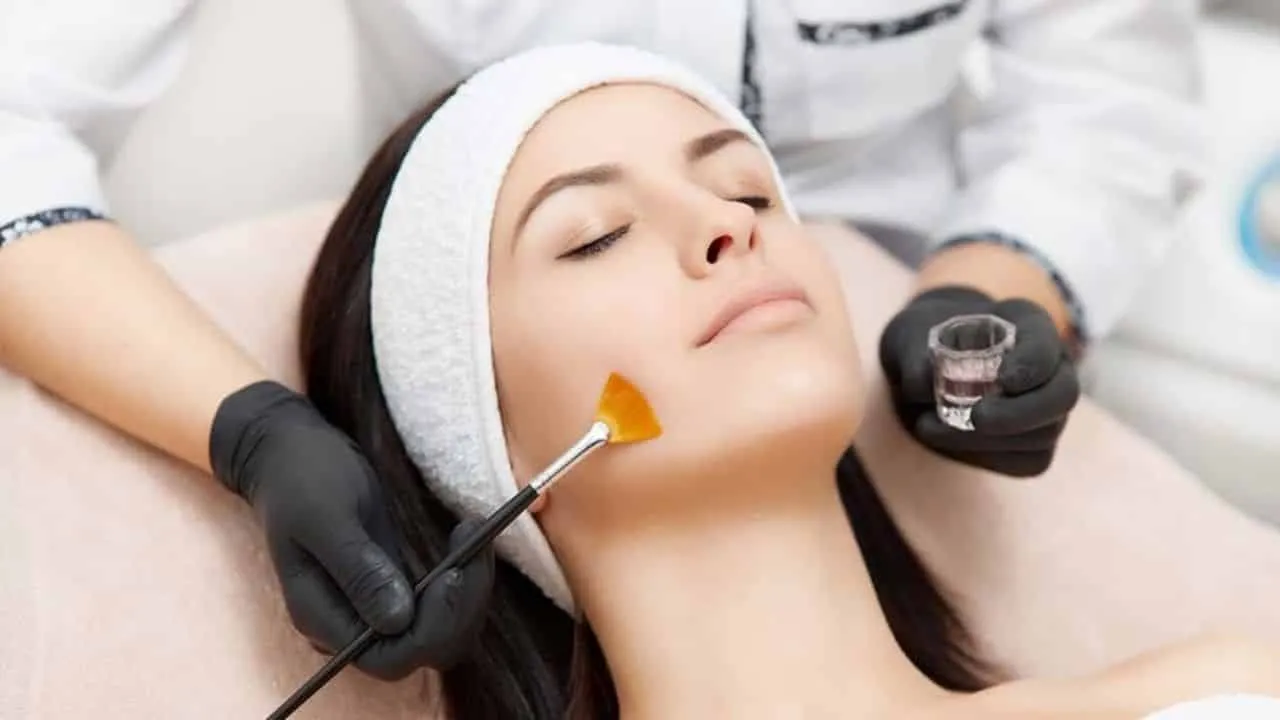
Phenol peeling is an aesthetic procedure that applies phenol acid to the face, with the purpose of removing dead and aged cells, promoting the growth of new cells. In this way, as with other peelings, the skin peels, and after recovery, collagen production is stimulated. Consequently, the result is smoother, younger-looking skin.
Among all types of peeling, phenol peeling is considered the deepest and at the same time the most aggressive. Because it reaches the deepest layer of the dermis, promoting the exchange of several layers of the skin. However, despite being a more natural treatment, different from plastic surgery, phenol peeling requires anesthesia and medical monitoring. Therefore, it is only recommended in some cases, where the skin is severely damaged, whether by the sun, scars, dark spots or very deep wrinkles.
However, despite the aggressiveness of the procedure, the results are really encouraging. According to experts, phenol peeling is capable of rejuvenating the appearance of the skin by up to 20 years. Furthermore, as the results are quite long-lasting, it is not necessary to do the procedure more than once, as it can damage the skin.
And because it is an almost miraculous procedure, doing phenol peeling is not cheap. Taking into account the clinic and the doctor responsible, the procedure can cost around R$12,000. Not to mention other extra charges, such as anesthesia, use of the room and possible hospitalization.
Indications for phenol peeling
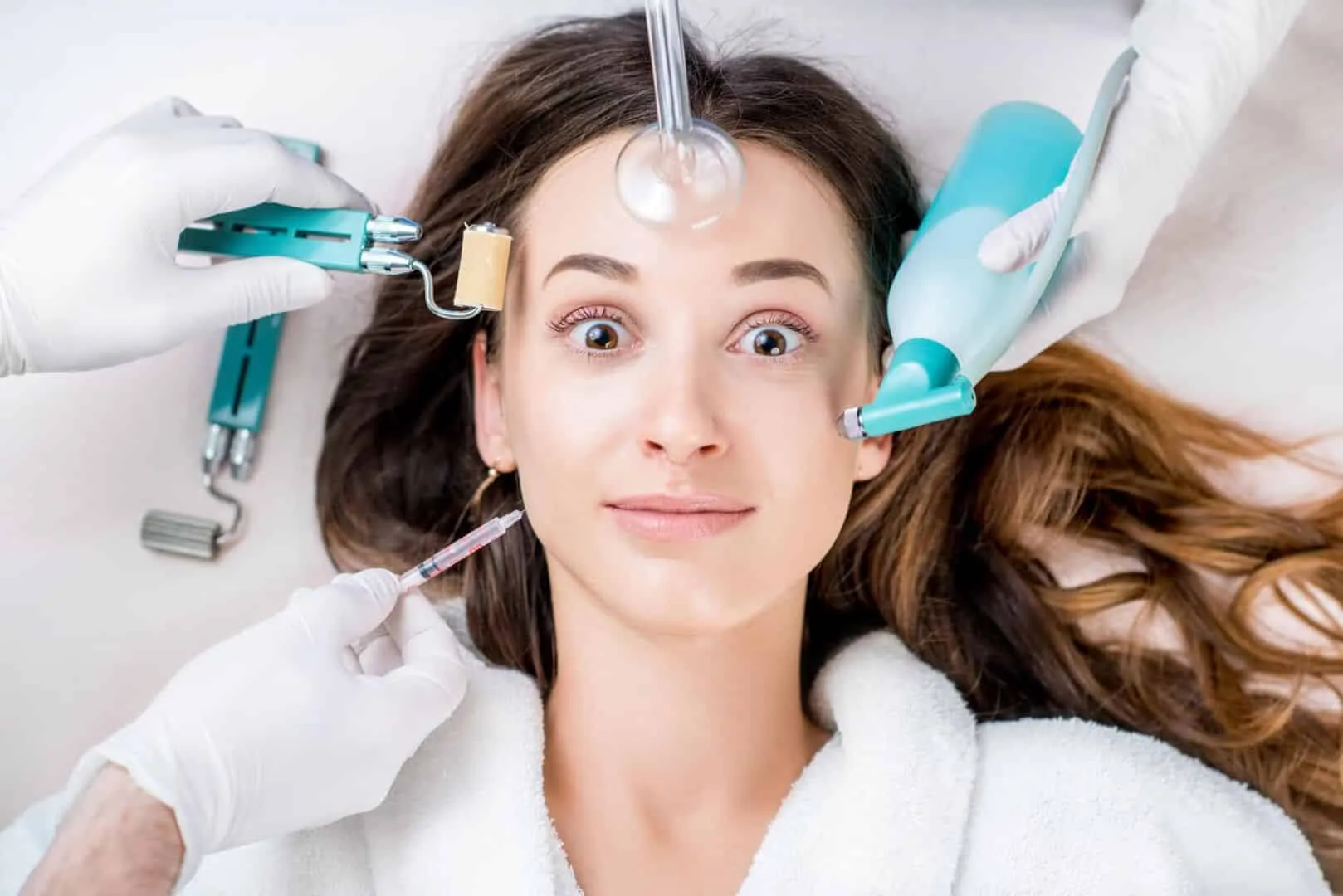
So, as seen so far, phenol peeling is a very aggressive aesthetic procedure. Therefore, it can only be performed on people who really need deeper cell renewal. Generally, this procedure is only indicated for patients with very deep wrinkles, or whose skin is very degraded due to the effects of photoaging, that is, the action of solar radiation.
Only dermatologists and plastic surgeons are able to perform this type of procedure. In this way, they are the ones who assess the patient’s needs, indicating whether or not to perform phenol peeling. Especially because phenol is a toxic substance, which can affect various parts of the body. It is no surprise that the patient must be monitored throughout the procedure.
Furthermore, phenol peeling should not be performed on people who have dark skin, keloid scars, pale and freckled faces, abnormal pigmentation and facial warts. As well as people with heart problems or a history of serious injuries. It is also not recommended for people who have undergone acne treatment that includes isotretinoin in the last 6 months.
The procedure
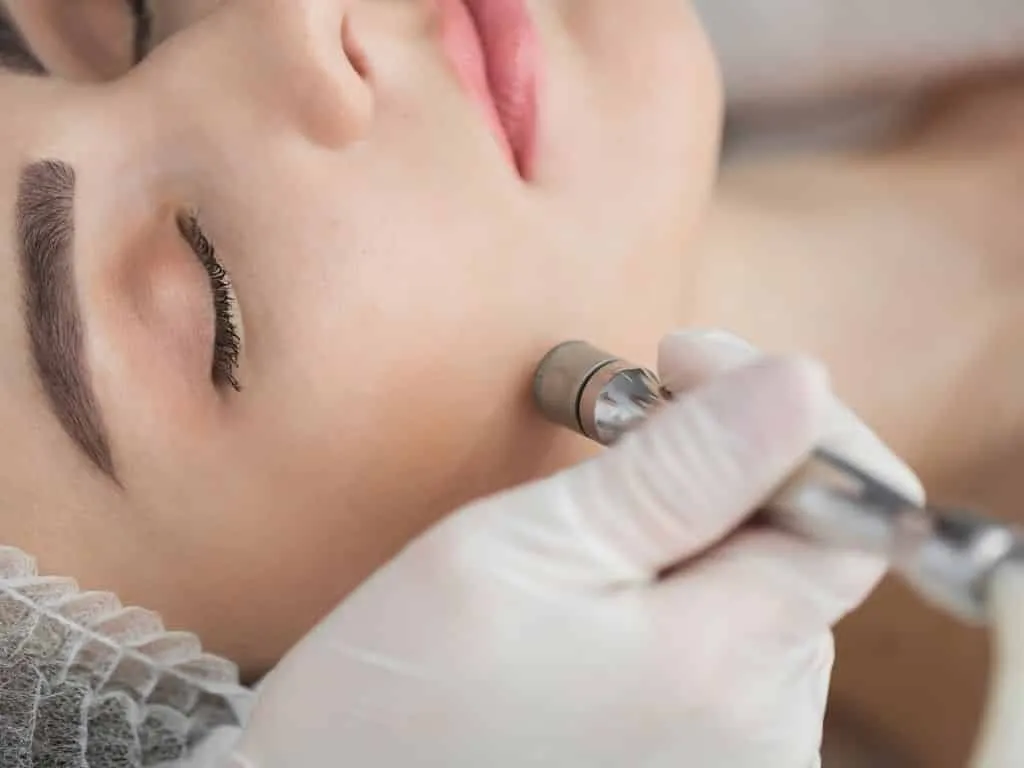
First of all, the skin is deeply cleaned and the patient is prepared. Phenol peeling should be performed in an equipped doctor’s office, and the patient’s heart rate should be monitored at all times. Before undergoing the procedure, the patient is sedated and receives local anesthesia to alleviate the discomfort caused by the acid.
Then, the doctor responsible for the procedure begins applying the phenol solution to the patient’s skin, starting with the forehead, and gradually covering the rest of the face. At this stage, the patient’s skin will turn white or grayish, due to immediate coagulation. .
The entire process includes the application of several layers of the product, however, to limit exposure to phenol, ideally there should be a 15-minute interval between one application and another. After applying all layers of the substance, an occlusive mask with soothing properties is applied. Generally, the entire procedure lasts around 90 minutes.
Pre and post phenol peeling care

Phenol peeling is not a simple procedure, therefore due to its aggressiveness it requires a series of care, both before and after the treatment.
Pre-care
- Preparations for the procedure should begin about a month in advance. Therefore, the first step is to start applying a cream based on retinoic acid, hydroquinone and a mild corticosteroid.
- During this period, the patient should avoid sun exposure, and when doing so, always with adequate protection, using sunscreen with an factor above 30.
- Take antiviral medication orally, because peelings can encourage the appearance of herpes. This is even more important in the case of patients with a history of infections of this type.
- Avoid cosmetic treatments in the region, as well as facial waxing close to the day of the procedure.
- Keep the skin free from any aggression, massage or exfoliation the week before the procedure.
Aftercare
- After undergoing phenol peeling, the patient must use analgesic and anti-inflammatory medications for the first 24 hours.
- After that, it is essential to keep your skin clean, hydrated and protected.
- Avoid sun exposure for approximately three months after the procedure.
- Maintain a healthy diet, prioritizing foods that improve immunity and prevent the emergence of infections.
Recovery

As it is a very aggressive and deep procedure, recovery from phenol peeling can be long and quite uncomfortable. Shortly after the procedure, the skin may become red, swollen and have a burning sensation. Recovery must be at home, for at least a week until returning to a normal routine.
Side effects can be minimized by following your doctor’s instructions. These include sleeping in a position that doesn’t harm the skin and helps reduce swelling, applying waterproof bandages and using painkillers. Sun exposure should be avoided for three months after the procedure. This is because in this state the skin is not capable of tanning, and the use of sunscreen is essential.
New skin begins to emerge around the second week after the peel. However, the appearance of cysts or white spots is normal, and the redness may last for a few months until the skin recovers completely. When the skin has completely recovered, these signs disappear, and it is possible to notice a great improvement in the appearance of the skin.
After complete healing, the skin will become clearer, more luminous, more vibrant, more elastic and the appearance of blemishes and wrinkles will be significantly reduced. The rejuvenation is remarkable, however, although the results are long-term, they are not permanent. Therefore, as a person ages, new expression marks will form on the skin.
Advantages and disadvantages
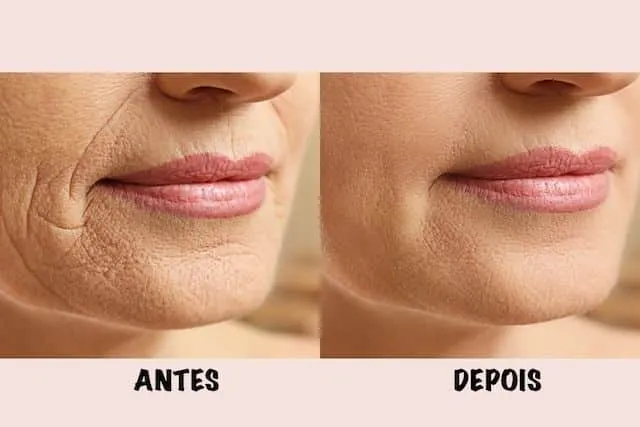
There is no doubt that phenol peeling promotes skin renewal, which is the biggest advantage of the procedure. In addition to rejuvenating the skin like no other procedure, the results of phenol peeling are also very long-lasting, notably reducing the intensity of wrinkles and sagging skin.
On the other hand, it is a very aggressive, expensive, risky procedure and also with an unpleasant and slow recovery.
Anyway, what did you think of this article? In fact, take the opportunity to also check out the other types of facial peelings.
Sources: One Spa Tua Saúde Minha Vida Claudia
Featured image: Free Click
Images: LIM Laser Concepts Akásia Marie Claire One Spa Tua Saúde

Sign up for our newsletter and stay up to date with exclusive news
that can transform your routine!
Warning: Undefined array key "title" in /home/storelat/public_html/wp-content/plugins/link-whisper-premium/templates/frontend/related-posts.php on line 12
Warning: Undefined array key "title_tag" in /home/storelat/public_html/wp-content/plugins/link-whisper-premium/templates/frontend/related-posts.php on line 13

